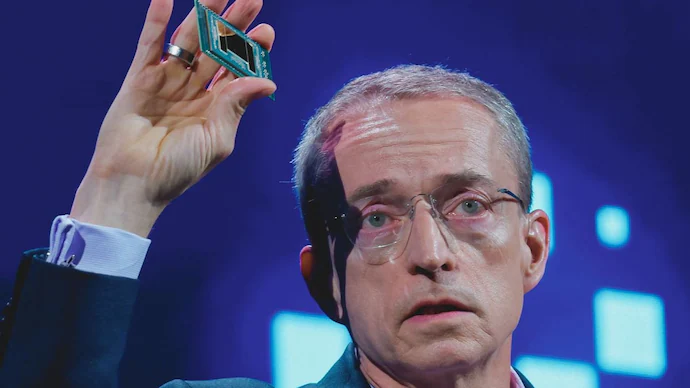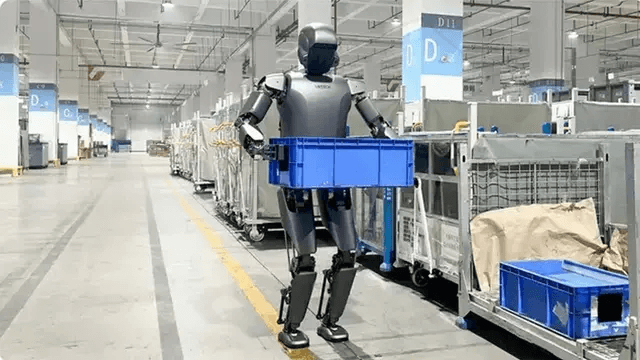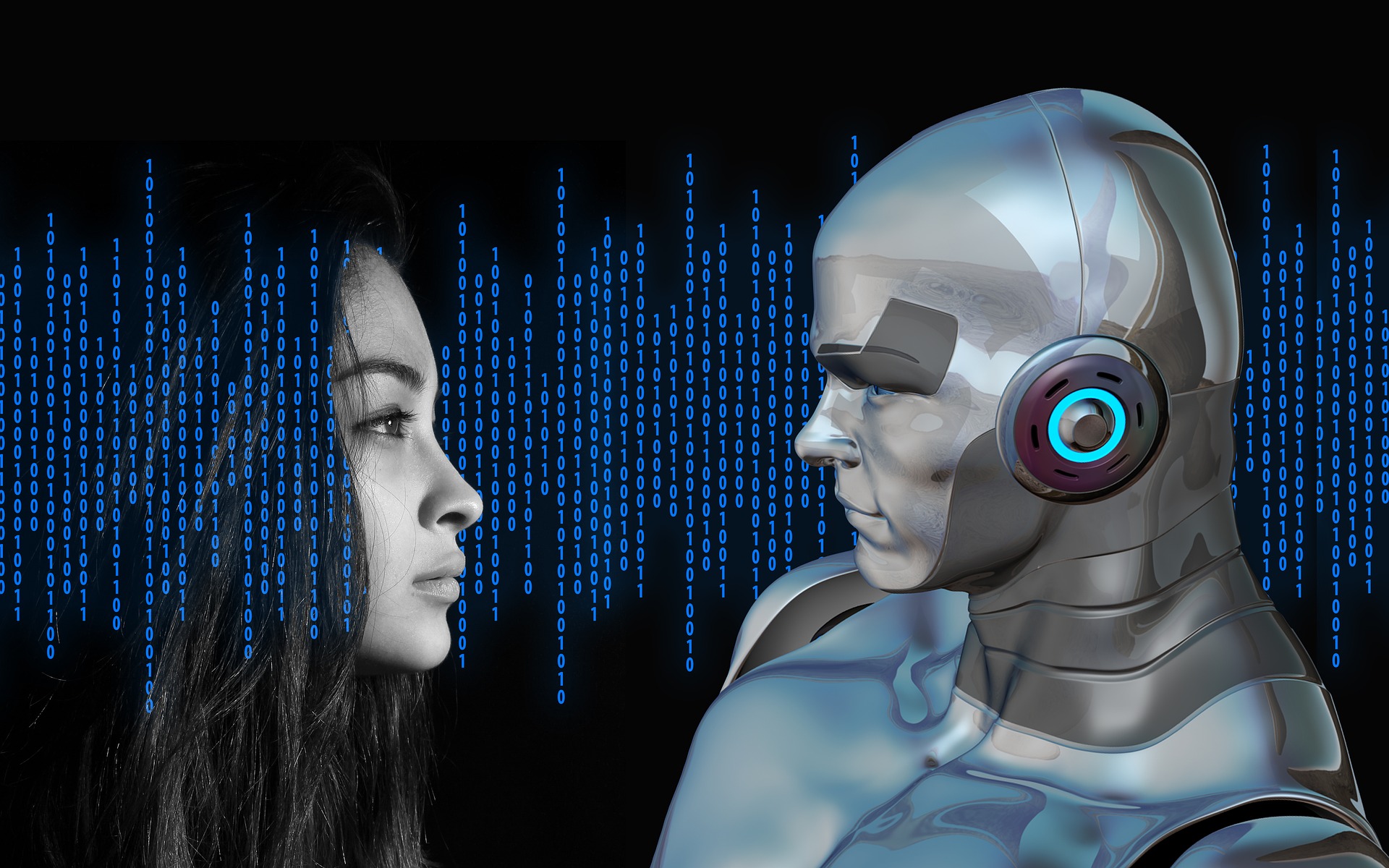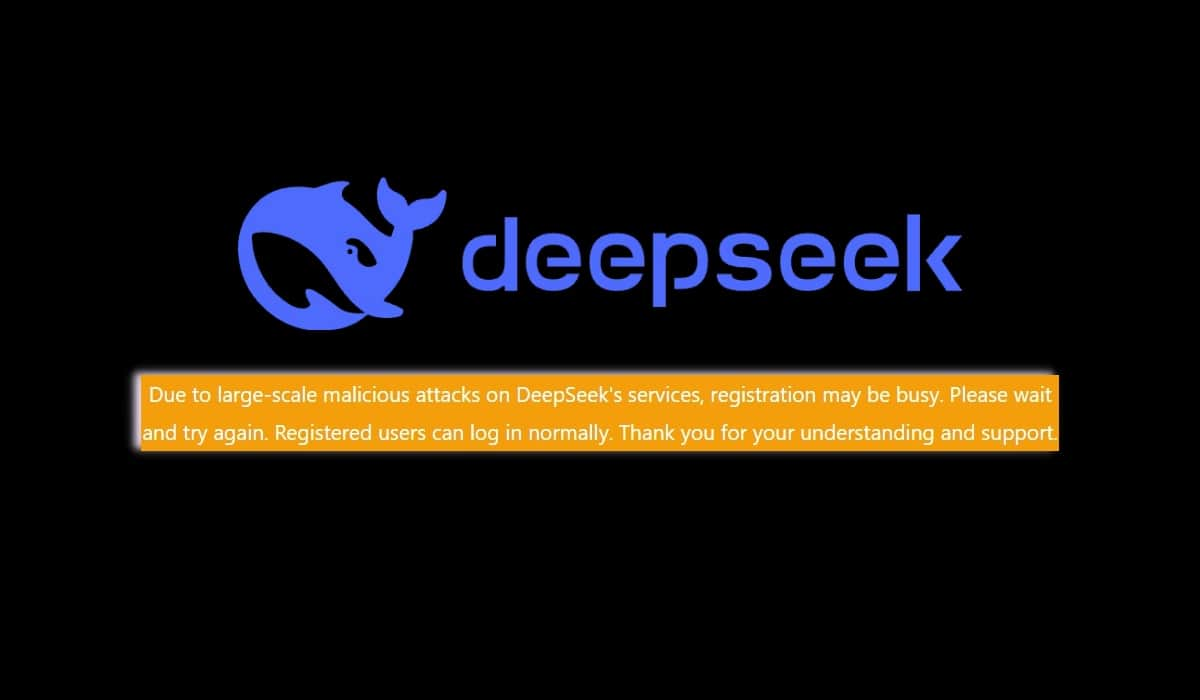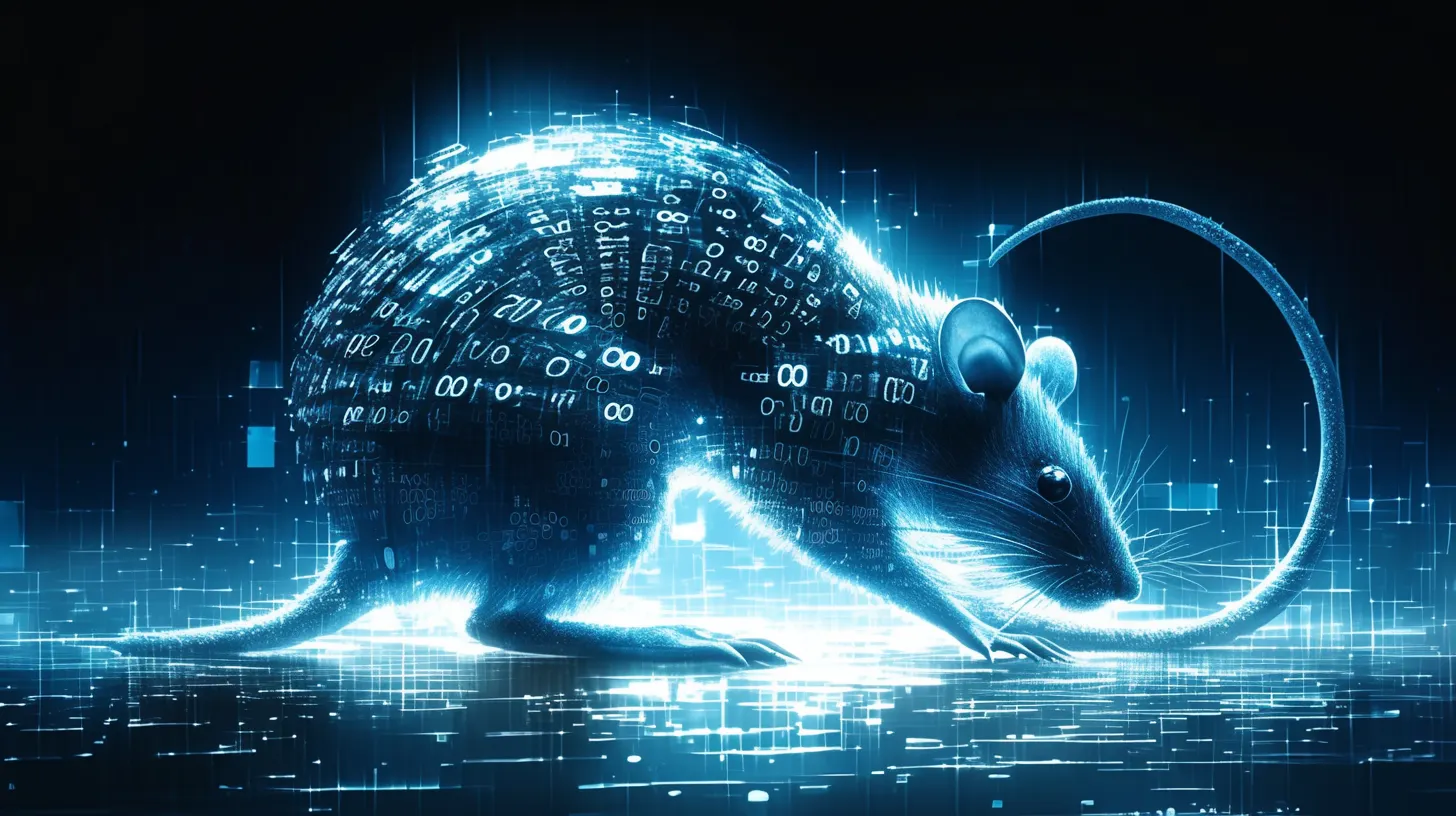
A groundbreaking study published in Psychophysiology reveals how artificial intelligence (AI) and advanced neuroimaging techniques are unlocking the mysteries of small animal phobia, an intense fear of insects, spiders, and rodents. By identifying unique brain structures and networks linked to this condition, researchers have paved the way for innovative treatments for anxiety disorders.
The Hidden Fear Mechanism in the Brain
Small animal phobia affects approximately 10% of the population, yet its underlying neurological mechanisms have remained elusive. Using machine learning, researchers analyzed brain imaging data from 122 adults, 32 of whom were diagnosed with the phobia. Their findings uncovered distinct differences in the brain anatomy of phobic individuals, achieving an impressive 80% accuracy in classification.
Key brain regions implicated in the study include:
- Cerebellum: Traditionally associated with motor coordination, this region plays a surprising role in emotional processing and fear responses.
- Amygdala: Known for its role in detecting threats, structural changes here amplify emotional reactions.
- Temporal Lobes: These areas enhance the recall and emotional intensity of phobic stimuli.
- Frontal Cortex: Regions like the orbitofrontal cortex are crucial for regulating phobic responses.
- Thalamus: This sensory relay center intensifies sensory processing during exposure to phobic triggers.
Lead researcher Dr. Alessandro Grecucci, from the University of Trento, explained, “Our findings highlight the significant role of brain regions associated with emotional regulation, sensory integration, and cognitive control in small animal phobia.”
AI Pinpoints Fear Networks
The study also analyzed brain networks, with the default mode network emerging as the most predictive of phobic responses. This network, typically linked to self-referential thinking, reflects heightened internal focus and rumination associated with phobias. The affective network, involving the amygdala, insula, and orbitofrontal cortex, also demonstrated strong predictive power.
“These networks provide a neural map of how fear manifests, offering insights that could revolutionize anxiety treatment,” said Grecucci.
The Role of Machine Learning in Mental Health
Using a binary support vector machine—a machine learning algorithm—researchers processed high-resolution MRI scans to classify phobic individuals based on gray matter features. This advanced approach outperformed traditional methods and provided a comprehensive understanding of the phobic brain.
Implications for Anxiety Treatment
The findings could have profound implications for diagnosing and treating anxiety disorders. By identifying specific brain regions and networks involved in fear, researchers can develop targeted therapies, such as:
- Neurofeedback: Training individuals to regulate activity in fear-related brain regions.
- Precision Medicine: Designing treatments tailored to an individual’s brain anatomy.
- Early Diagnosis: Using AI to identify phobic tendencies before they manifest severely.
“This line of research offers not just insights into phobias but also a roadmap for improving diagnostics and interventions for anxiety-related disorders,” Grecucci noted.
Looking Ahead
Despite its significant findings, the study has limitations, including a relatively small sample size and focus solely on gray matter. Future research incorporating larger, more diverse samples and exploring white matter and functional connectivity could provide a more holistic understanding of phobias.
As machine learning continues to intersect with neuroscience, this study exemplifies how technology can uncover the complexities of the human mind. By decoding the brain’s fear mechanisms, AI is not just revealing the roots of phobias but also offering hope for those seeking relief from anxiety.
This breakthrough study marks a new era in mental health, showing how cutting-edge AI can demystify the brain’s deepest fears and transform how we approach psychological disorders.
